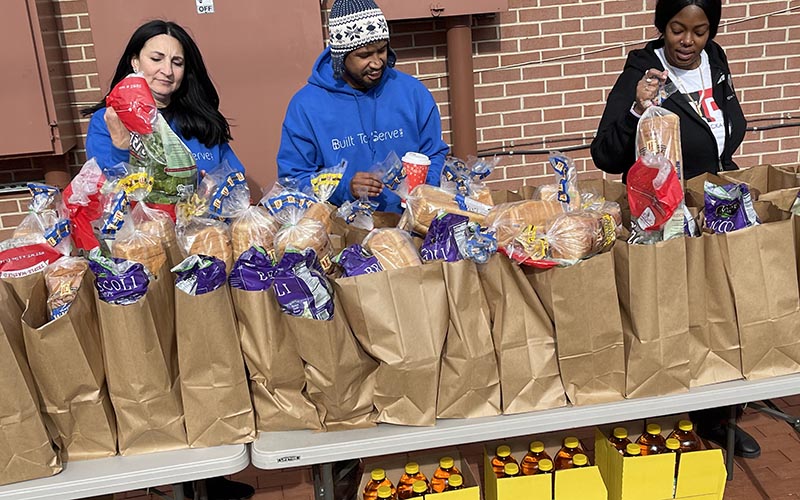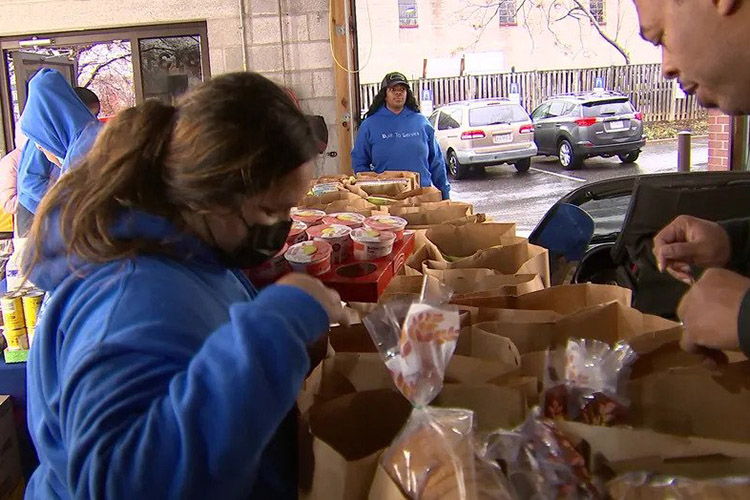Most Americans are aware that the Covid-19 Pandemic has substantially increased food insecurity throughout the United States, but how it’s been increasing steadily for many years. Reduced safety nets combined with escalating costs for housing, healthcare and other basic needs leave an increasing number of people vulnerable to poverty and food insecurity. Now, Americans can be middle class one day, but become food insecure very quickly due to a divorce, a job loss, a business downturn, a healthcare crisis or simply because the old car they were depending on to get them to work conks out, and there’s no money to repair or replace it.
What Is Food Insecurity?
According to the United States Department of Agriculture (USDA,) close to forty million Americans were food insecure in 2018, including more than eleven million children. Food insecurity is not the same thing as hunger. The USDA groups food insecurity into four categories, with the neediest described in the following way: “At times during the year, eating patterns or one of more household members are disrupted, and food intake reduced, because the household lacked money or other resources for food.” It defines a lower level of food insecurity as when quality and variety is substantially disrupted. In other words, if the family is now trying to stretch a big bag of beans and is no longer buying vegetables, it’s not starvation, but it is food insecurity. The USDA still considers it food insecurity, even if the diet is not disrupted, but there is anxiety about accessing a high quality diet. In the richest country in the World, there’s simply no excuse for people wondering when their next healthy meal will be coming.
What Causes Food Insecurity and What Can Be Done?
Food insecurity is at all time high due to the job losses, shuttered businesses, school closures and challenges in accessing services such as free lunches and meals for seniors due to the Covid 19 Pandemic. The upshot is that attention to the issue could bring changes that improve the lives of Americans in the long run. For example, providing access to high quality affordable day care and healthcare will help families use their household income more efficiently and save for a rainy day. Raising the minimum wage and tax deductions for young children could have an large impact, as well free college and vocational programs that can help people learn how to raise their earning potential.





